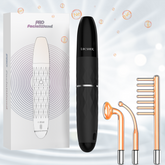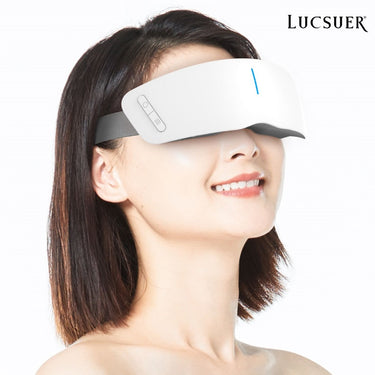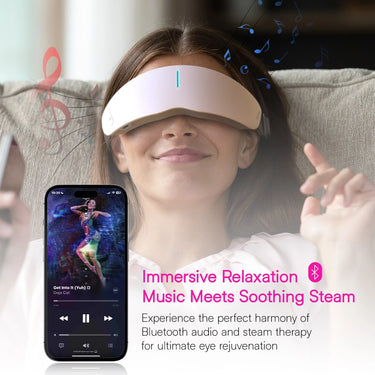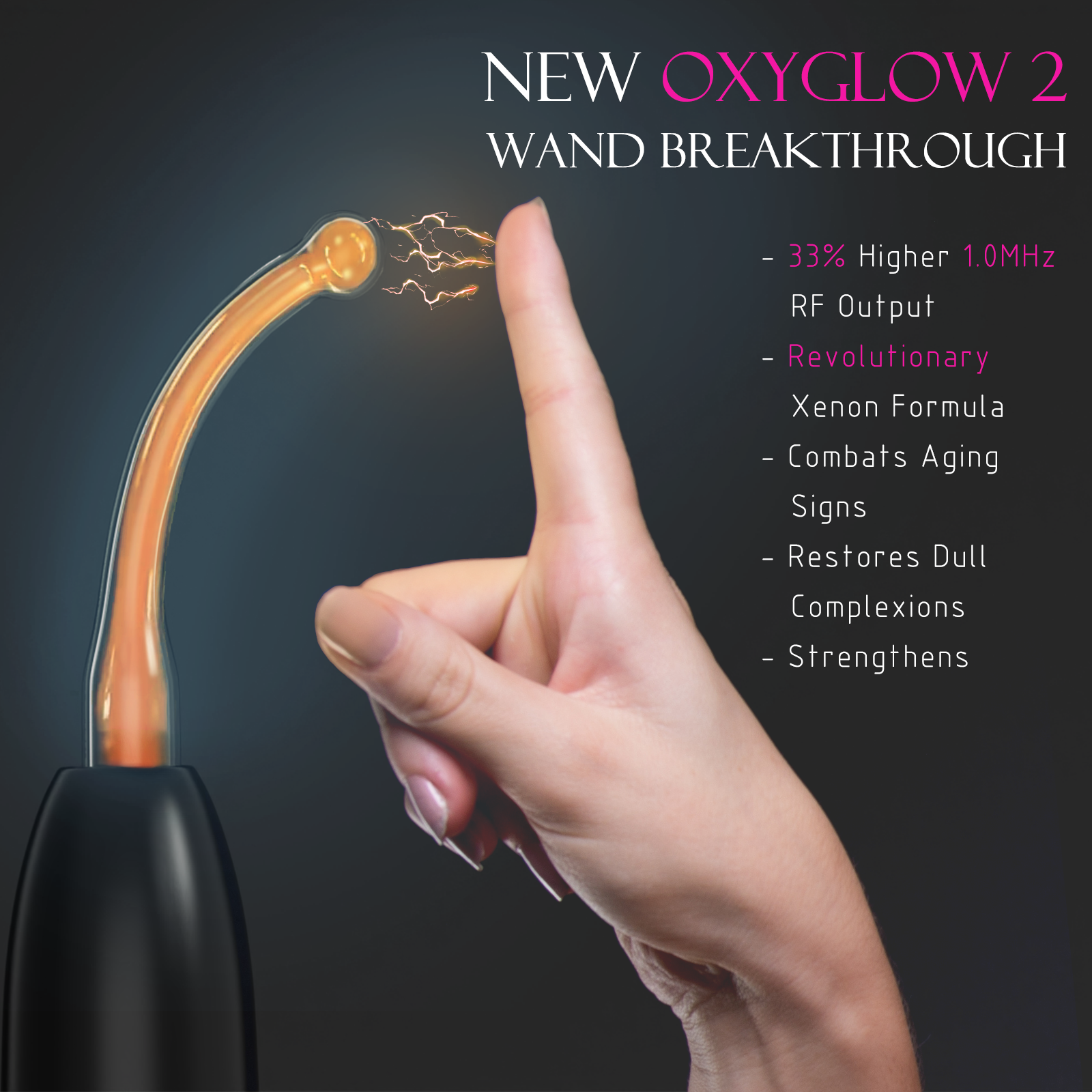Introduction
The quest for radiant, youthful skin has led to a surge in interest for innovative at-home beauty treatments, and red light therapy (RLT) devices have emerged as a popular option. As skincare enthusiasts and wellness advocates explore new ways to rejuvenate their complexions and enhance their overall well-being, the question of whether investing in these devices is worthwhile often arises. In this comprehensive analysis, we’ll delve into the science behind red light therapy, evaluate its benefits, explore the costs involved, and provide insights to help you make an informed decision.
1. Understanding Red Light Therapy
1.1 What is Red Light Therapy?
Red light therapy, also known as photobiomodulation or low-level light therapy (LLLT), is a non-invasive treatment that utilizes specific wavelengths of red and near-infrared light to stimulate cellular processes in the skin and body. The roots of this therapy can be traced back to NASA’s research on using LED lights to promote plant growth in space, which later led to discoveries about its potential benefits for human tissue repair and regeneration.
Today, red light therapy is widely used in various fields, including skincare, pain management, and wound healing. It has gained popularity as an at-home treatment due to the availability of user-friendly devices that harness the power of LED technology.
1.2 How Red Light Therapy Devices Work
Red light therapy devices emit low-intensity light in the red and near-infrared wavelengths, typically between 630-850 nanometers (nm). These specific wavelengths are capable of penetrating the skin’s surface and reaching deeper layers, where they interact with cellular components called chromophores.
The interaction between the light and these chromophores triggers a cascade of biological processes, including increased production of adenosine triphosphate (ATP), the energy currency of cells. This energy boost enhances cellular function, promotes tissue repair, and stimulates the production of collagen and elastin, the proteins responsible for skin elasticity and firmness.
2. Evaluating the Benefits of Red Light Therapy Devices
2.1 Skin Health and Anti-Aging
One of the most widely recognized benefits of red light therapy is its potential to improve skin health and combat the signs of aging. Clinical studies have shown that regular use of red light therapy devices can stimulate collagen production, reduce the appearance of fine lines and wrinkles, and improve skin texture and elasticity.
The increased collagen production triggered by red light therapy helps to plump and firm the skin, diminishing the appearance of wrinkles and creating a more youthful complexion. Additionally, the therapy has been shown to enhance blood circulation, promoting better nutrient delivery to the skin cells and improving overall skin radiance.
2.2 Acne Treatment and Skin Healing
Red light therapy has also demonstrated promising results in treating acne and promoting faster healing of various skin conditions. The anti-inflammatory properties of red light can help reduce the redness and inflammation associated with acne, while its ability to stimulate cellular regeneration can aid in the healing process of blemishes and scarring.
Moreover, red light therapy has been found to have antimicrobial effects, potentially helping to control the growth of acne-causing bacteria on the skin. Dermatological studies have shown that combining red light therapy with other acne treatments can enhance their effectiveness and improve overall skin clarity.
2.3 Pain Relief and Muscle Recovery
Beyond its skincare benefits, red light therapy has gained recognition for its potential to alleviate chronic pain and aid in muscle recovery. The therapy’s ability to increase blood flow, reduce inflammation, and stimulate tissue repair has made it a valuable tool for individuals suffering from conditions like arthritis, muscle strains, and sports injuries.
Clinical research has shown that red light therapy can effectively reduce pain and improve mobility in patients with various musculoskeletal conditions. Additionally, athletes and fitness enthusiasts have reported faster recovery times and reduced muscle soreness after incorporating red light therapy into their post-workout routines.
2.4 Enhanced Mood and Cognitive Function
While the evidence is still emerging, some studies have suggested that red light therapy may also positively impact mood and cognitive function. Researchers have explored the potential of red light therapy in alleviating symptoms of conditions like depression, seasonal affective disorder (SAD), and even improving cognitive performance and memory.
The proposed mechanisms behind these benefits involve the ability of red light to stimulate the production of specific neurotransmitters and improve cerebral blood flow. However, more research is needed to fully understand the extent and applications of these potential benefits.
3. Costs and Investment Considerations
3.1 Initial Purchase Costs
When considering investing in a red light therapy device for at-home use, one of the primary factors to evaluate is the initial purchase cost. The prices of these devices can vary significantly depending on the type, size, and features.
Entry-level handheld devices or smaller panels can range from $50 to $300, while larger, full-body panels can cost anywhere from $500 to $2,000 or more. It’s important to note that while professional in-office treatments may be more expensive per session, at-home devices can provide a more cost-effective solution in the long run, especially for those seeking regular treatment.
3.2 Long-Term Value
When assessing the investment in a red light therapy device, it’s crucial to consider its long-term value. High-quality devices are designed to last for several years with proper care and maintenance. Additionally, the frequency of use and the desired outcomes will impact the overall cost-effectiveness of the device over time.
For example, if you plan to use the device regularly for skin rejuvenation or pain management, the investment may be justified as it can potentially replace the need for costly professional treatments or medications. However, if your intended use is more occasional or for specific purposes, a lower-priced device might be a more suitable option.
4. Comparing Red Light Therapy Devices
4.1 Types of Devices
Red light therapy devices come in various forms, each with its own advantages and considerations:
-
Panels: Large, wall-mounted or freestanding panels are designed to treat larger areas of the body simultaneously. They offer full-body coverage and are often used for pain relief, muscle recovery, and overall wellness.
-
Masks: Specifically designed for facial treatments, these masks utilize a combination of red and near-infrared LED lights to target the delicate skin on the face, reducing the appearance of wrinkles and promoting a more youthful complexion.
-
Handheld Devices: Portable and compact, handheld devices are convenient for spot treatments or targeting specific areas of concern. They are often used for acne treatment, scar healing, or localized pain relief.
Each type of device has its own pros and cons in terms of coverage area, portability, and intended use, so it’s important to choose the one that best aligns with your specific needs and preferences.
4.2 Key Features to Look For
When evaluating red light therapy devices, there are several key features to consider:
-
Wavelengths: Look for devices that emit light in the optimal wavelengths for your desired benefits, typically between 630-850 nm for skin rejuvenation and pain relief.
-
Light Intensity: Higher light intensities (measured in milliwatts per square centimeter) can lead to more effective and faster results, but it’s essential to follow safety guidelines and manufacturer recommendations.
-
Safety Features: Reputable devices should have safety certifications, such as FDA approval or compliance with international safety standards, to ensure they operate within safe light exposure limits.
-
User-Friendliness: Consider the ease of use, adjustable settings, and design elements that contribute to a comfortable and efficient treatment experience.
By prioritizing these features, you can increase the likelihood of achieving the desired results while ensuring safe and effective use of your red light therapy device.
5. User Experiences and Reviews
5.1 Real User Testimonials
One of the best ways to gauge the potential benefits and effectiveness of red light therapy devices is by considering real user experiences and testimonials. While individual results may vary, many users have reported positive outcomes in various areas:
- Improved skin texture, reduced fine lines and wrinkles, and a more radiant complexion after consistent use for skin rejuvenation.
- Faster healing of acne lesions, reduced inflammation, and clearer skin when combined with other acne treatments.
- Significant reduction in chronic pain levels, improved mobility, and faster recovery from injuries or muscle soreness.
- Enhanced mood and increased energy levels, particularly for those dealing with conditions like seasonal affective disorder (SAD).
However, it’s important to note that some users may not experience substantial changes, and results can vary based on factors such as consistency of use, individual skin type, and specific conditions.
5.2 Expert Opinions
In addition to user testimonials, it’s valuable to consider the perspectives of dermatologists and skincare professionals regarding red light therapy devices. Many experts acknowledge the potential benefits of red light therapy in certain situations but also emphasize the importance of proper usage and realistic expectations.
Some dermatologists recommend using red light therapy as a complementary treatment, combining it with other clinically proven skincare methods (such as retinoids, vitamin C serums, or chemical peels) for optimal results. They also stress that for certain severe skin conditions, professional medical assistance may still be required.
Meanwhile, some skincare experts believe that while red light therapy cannot entirely replace traditional skincare practices, it can serve as a beneficial addition, providing extra anti-aging and skin repair advantages. They recommend combining it with other natural therapies (such as facial massage, moisturizing, etc.) for a comprehensive effect.
6. Making an Informed Decision
6.1 Assessing Your Needs
Before investing in a red light therapy device, it’s crucial to assess your specific needs and goals. Identify the areas you wish to address, whether it’s skin rejuvenation, acne treatment, pain relief, or overall wellness. This will help you determine the most appropriate type of device and ensure that you select one tailored to your requirements.
Additionally, consider your skin type and any existing conditions you may have. While red light therapy is generally safe for most individuals, those with certain photosensitive disorders or specific medical conditions may need to consult with a healthcare professional before using these devices.
6.2 Weighing the Pros and Cons
Like any investment, it’s essential to weigh the pros and cons of purchasing a red light therapy device. On the positive side, these devices offer a non-invasive and generally safe approach to addressing a range of skin concerns, pain management, and wellness goals. They can provide long-term cost savings compared to professional treatments and offer the convenience of at-home use.
However, it’s important to manage your expectations and understand that results may vary depending on individual factors and consistency of use. While red light therapy has shown promising benefits, it may not be a miracle solution for everyone.
Additionally, there are potential risks and side effects to consider, although they are typically mild. Some individuals may experience temporary redness, increased sensitivity to sunlight, or eye strain if proper eye protection is not used during treatments.
6.3 Final Considerations
If you decide to invest in a red light therapy device, it’s crucial to follow the manufacturer’s instructions carefully and adhere to the recommended usage guidelines. Consistent and proper use is key to achieving optimal results.
It’s also advisable to consult with a healthcare provider or dermatologist, especially if you have any underlying medical conditions or concerns. They can provide personalized advice and ensure that red light therapy is a suitable and safe option for your specific circumstances.
Conclusion
The decision to invest in a red light therapy device ultimately depends on your individual needs, goals, and budget. While these devices offer promising benefits for skin rejuvenation, acne treatment, pain relief, and overall wellness, it’s essential to approach the investment with realistic expectations and a thorough understanding of the potential risks and limitations.
By conducting comprehensive research, considering expert opinions, and assessing your specific requirements, you can make an informed choice about whether a red light therapy device is a worthwhile investment for your skincare and wellness journey.
Remember, consistency and proper usage are key to maximizing the benefits of these devices. If you have any lingering concerns or medical conditions, it’s always advisable to consult with a healthcare professional or dermatologist before embarking on any new treatment regimen.
Frequently Asked Questions (FAQs)
How long does it take to see results from red light therapy?
The timeline for seeing results can vary depending on the specific condition being treated and the consistency of use. Generally, some users may notice improvements in skin texture, reduced inflammation, or pain relief within a few weeks of regular use. However, for more significant changes, such as wrinkle reduction or enhanced collagen production, it may take several months of consistent treatment to see noticeable results.
Are there any risks associated with using red light therapy devices?
Red light therapy is generally considered safe when used as directed and within recommended exposure limits. However, some potential risks or side effects may include temporary redness, increased sensitivity to sunlight, eye strain (if proper eye protection is not used), and rare cases of headaches or nausea. It’s essential to follow the manufacturer’s instructions and take appropriate precautions.
Can red light therapy be combined with other skincare treatments?
Yes, red light therapy can often be combined with other skincare treatments for enhanced benefits. Many dermatologists and skincare professionals recommend using red light therapy in conjunction with topical products, such as retinoids, vitamin C serums, or chemical peels. However, it’s advisable to consult with a professional to ensure compatibility and proper timing of different treatments.









